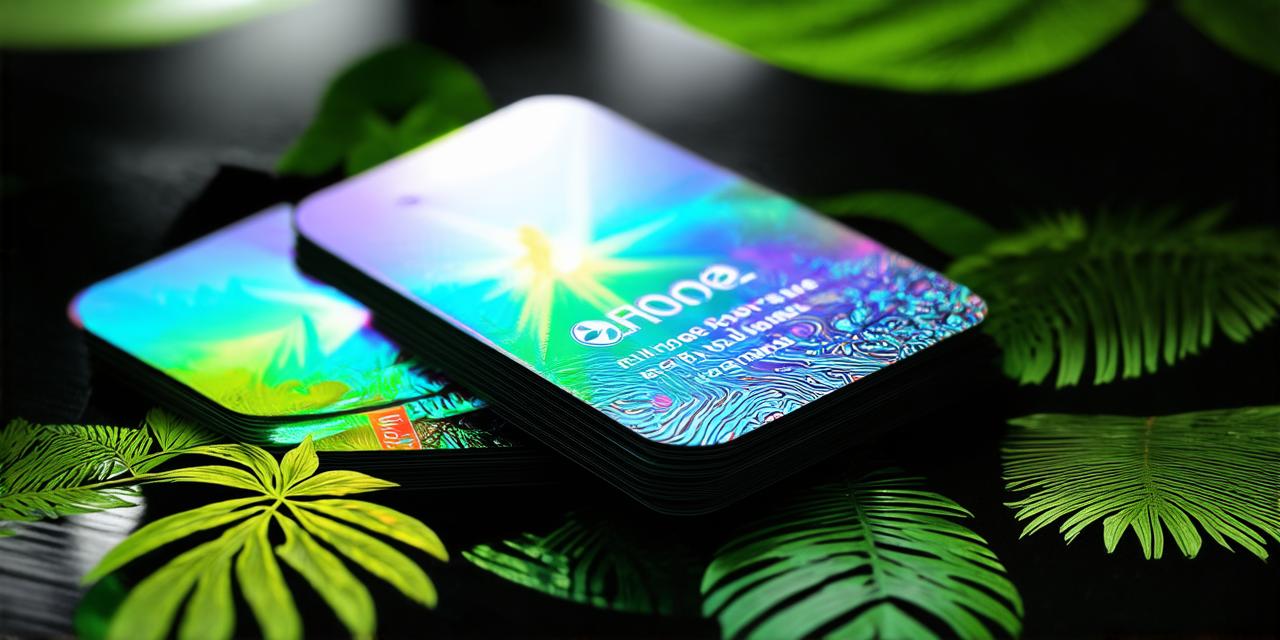Augmented reality (AR) technology is revolutionizing the way we interact with our environment. From gaming to marketing, AR has become an integral part of modern life.
One innovative use case for AR is in creating business cards that provide customers with a more immersive experience. In this article, we will explore how you can create augmented reality business cards using ARKit, Unity, and other tools.
AR Business Cards: An Introduction
Before diving into the technical aspects of creating AR business cards, let’s first understand what they are and why they are important.
AR business cards are a digital representation of traditional paper-based business cards that use AR technology to enhance user experience. They typically contain information such as name, title, company, email, phone number, and website.
However, with AR, users can interact with the business card in a more dynamic way. For example, they can view additional information, access links to social media profiles or company websites, and even watch videos. AR business cards can also be customized to provide a personalized experience for each user.
Creating AR Business Cards: A Step-by-Step Guide
Now that we understand what AR business cards are and why they matter let’s take a look at the steps involved in creating them.
1. Choose Your AR Development Toolkit
There are several AR development tools available, including ARKit for iOS, Unity for both iOS and Android, and Vuforia for both iOS and Android. Each toolkit has its own strengths and weaknesses, so it’s essential to choose one that best suits your needs.
For example, if you already have experience with Unity, it might be the best option for you. On the other hand, if you want to create a more advanced AR experience, Vuforia may be the better choice.
2. Design Your Business Card
Once you’ve chosen your AR development toolkit, the next step is to design your business card. The design should be visually appealing and easy to navigate. Consider using a minimalist design approach to keep things simple and easy to use.
You can also include interactive elements such as buttons or icons that allow users to access additional information or interact with the business card in a more dynamic way.
3. Create Your AR Experience
Once you’ve designed your business card, it’s time to create your AR experience. This involves coding and testing your AR application using your chosen development toolkit. The AR experience should be seamless and intuitive for users.

Consider using animations or transitions to make the user experience more engaging. You can also include 3D models of products or services to give users a better understanding of what your business offers.
4. Test Your AR Business Card
Once you’ve created your AR business card, it’s essential to test it thoroughly to ensure that it works as intended. Test your AR business card on different devices and in various environments to identify any issues or bugs.
You can also get feedback from beta testers to improve your AR business card and make it more user-friendly.
Real-Life Examples of Augmented Reality Business Cards
<p
